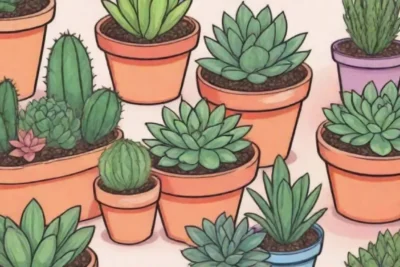
Succulent Poisonings: Real Stories and Safety Precautions
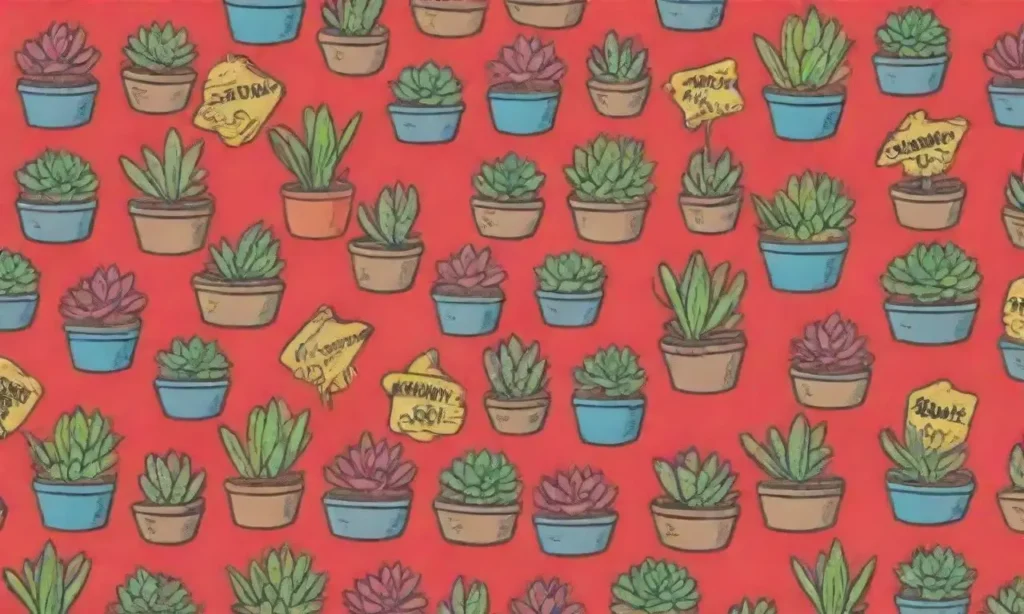
Introduction
Succulents have surged in popularity over the last decade, not just because of their attractive aesthetics but also due to their low maintenance needs. These fleshy-leaved plants have become a staple in homes and gardens alike. However, while many people view succulents as harmless, it's critical to understand that some species can be toxic or cause mild to severe poisoning if ingested, particularly by pets and children. Awareness of the potential hazards associated with succulents is essential for maintaining a safe living environment.
This article aims to shed light on the topic of succulent poisonings, providing you with real-life stories that underscore the importance of vigilance when it comes to these beautiful plants. We'll also discuss safety precautions, how to identify toxic species, and the best practices for keeping your home safe from the dangers that may lurk beneath the surface of these charming greenery.
The Risks of Succulent Poisonings
Succulent plants are often perceived as benign, yet the risk of poisoning should never be underestimated. Many species of succulents contain toxic compounds that can cause adverse reactions in humans and animals when ingested. Some plants like the Aloe Vera, which is commonly believed to be entirely safe, can be harmful if consumed in significant amounts, particularly the latex found in certain Aloe types. This latex can serve as a laxative and may lead to abdominal cramping or diarrhea.
Another common succulent, the Euphorbia family, should be handled with care. Certain Euphorbia species can produce a milky latex that is not only toxic upon ingestion but can also irritate the skin and eyes. When handling these plants, it is advisable to wear gloves. These plants can be found in households around the world, underlining the importance of understanding their potential hazards.
Moreover, children and pets are often naturally curious, which can lead to accidental ingestion. Pets, especially, are known to nibble on various plants. For dog and cat owners, it is crucial to identify plants that may pose a hazard to their furry companions. Symptoms of poisoning can range from mild gastrointestinal upset to severe neurological damage, depending on the type and amount of plant consumed. It is an unfortunate truth that many people realize the dangers of their plants only after an accident occurs, highlighting the need for increased awareness and education.
Real Stories of Succulent Poisoning
Case Study 1: A Worrying Afternoon for a Family
In a seemingly typical afternoon, a family found themselves rushing their dog to the vet after observing unusual behavior. Their pet, an energetic Golden Retriever named Max, had begun to vomit and display signs of lethargy after spending time in the garden. Upon examination, it was revealed that Max had ingested leaves from a Jade Plant (Crassula ovata), a succulent species known for its beautiful foliage.
The vet explained that while Jade Plants are not classified as highly toxic, they can lead to mild symptoms such as vomiting and diarrhea. Max took several hours to recover, and his experience served as a cautionary tale for the family. They learned the importance of monitoring their pet's environment more closely and keeping known toxic plants out of reach.
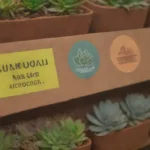 Keeping Kids Safe: Knowledge on Toxic Succulent Varieties
Keeping Kids Safe: Knowledge on Toxic Succulent VarietiesCase Study 2: Poisonous Succulents and Curious Kids
In another incident, a parent discovered that their toddler had been munching on a Crown of Thorns Plant (Euphorbia milii). The parent, unaware of the plant's toxicity, found their child to be unusually sleepy and irritable shortly after. A quick trip to the emergency room led to an urgent examination, which indicated mild poisoning symptoms due to the ingestion of the leaves. After treatment, the child was fine, but the experience left the family shaken and served as a wake-up call.
This experience emphasizes the need for parents and caregivers to actively educate themselves about the potential dangers of houseplants, especially those that can be easily accessed by curious little hands. The incident also opened up conversations in the community about plant safety, leading to initiatives focused on safe gardening practices that others could adopt to prevent similar occurrences.
Case Study 3: Healing After Toxic Exposure
An adult faced a different kind of scare when she decided to reshape her succulent arrangement. While pruning her Aloe Vera plants, she accidentally got some of the latex on her skin. Although she washed it off quickly, she later experienced a rash and an itchy sensation. This incident highlighted the fact that some succulents can pose risks even without ingestion, and skin exposure can result in allergic reactions.
The woman visited a dermatologist who informed her that the latex from some Aloe species can cause contact dermatitis. The episode served as a valuable lesson for her, prompting better research on the plants she brought into her home, as well as increased caution while handling them. It also encouraged her to share her experience with others, including workshops on identifying and treating allergic reactions caused by succulents.
Safety Precautions to Avoid Poisoning
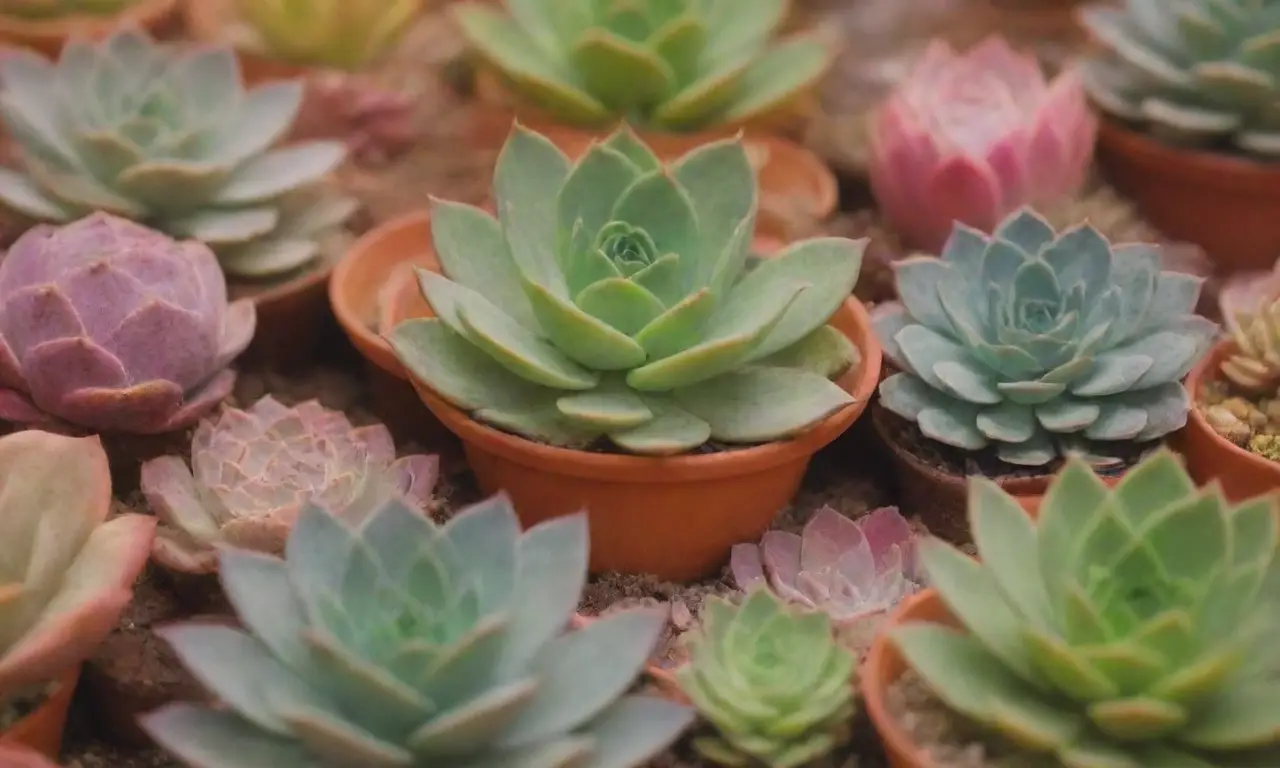
Proper Plant Selection
The first line of defense against succulent poisoning is to choose your plants wisely. Before bringing any succulent into your home, research the species thoroughly. Various online resources and plant databases can provide valuable information on whether the plant is toxic or safe for pets and children. For instance, the ASPCA provides an extensive list of plants that are toxic to animals, which can guide pet owners in making safe choices.
Additionally, labeling or marking plants that are known to be harmful can serve as a visual warning. Use colored tags or even adopt a different potting method for toxic plants, separating them from non-toxic varieties. This minimizes any risks associated with accidental ingestion.
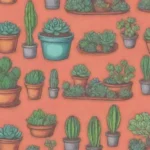 The Role of Chemical Compounds in Succulent Toxicity Levels
The Role of Chemical Compounds in Succulent Toxicity LevelsSafe Display and Storage
Once you have selected your plants, their placement in your home becomes crucial. Avoid placing toxic succulents in low-lying areas or on surfaces where pets and children can easily access them. Hanging planters, high shelves, or terrariums can serve as effective solutions for keeping plants out of reach.
Another alternative is to create a designated plant area that is exclusively for succulents. This area can serve as a sensory garden—an educational space where you can teach children about safe plants versus toxic ones. This preventative measure is not only for their protection but also serves as a teaching opportunity regarding plant care and safety awareness.
First Aid and Emergency Information
Despite all precautions, accidents can still happen. Being prepared and knowing what to do in case of succulent poisoning is essential. Always keep emergency contact numbers for your vet and local poison control centers handy, and ensure that you have your pet's or child's information readily accessible in case immediate medical attention is needed.
In case of suspected poisoning, remove any remaining plant material from the area, and try to determine the type of succulent consumed. This information is invaluable for medical personnel when providing treatment. Depending on the situation, activated charcoal may be used to bind toxins in the stomach, but always consult a professional before proceeding with any home interventions.
Conclusion
In conclusion, while succulents pose certain hazards, understanding these risks and taking appropriate safety measures can help create a safer living environment for both pets and family members. Real stories of succulent poisonings serve as essential reminders that diligence and awareness can prevent potentially harmful situations.
By selecting non-toxic varieties, displaying plants safely, and staying informed about the symptoms of poisoning, we can enjoy these beautiful plants without compromising the health of our loved ones. Education is paramount; share your experiences and the knowledge you gain with friends and family to foster a broader understanding of succulent safety.
As our love for gardening and houseplants continues to grow, so does the responsibility that accompanies it. Embrace the charm of succulents while remaining vigilant. Your plants can bring brightness and joy to your life, but a bit of caution goes a long way in ensuring that that joy is not overshadowed by avoidable accidents. So go ahead, cultivate your green thumb, but always keep safety at the forefront!
 Do's and Don'ts: Handling Toxic Succulents Correctly
Do's and Don'ts: Handling Toxic Succulents CorrectlyIf you want to read more articles similar to Succulent Poisonings: Real Stories and Safety Precautions, you can visit the Toxicity Levels category.

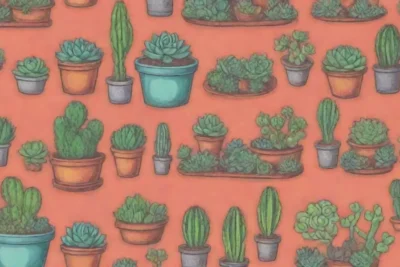
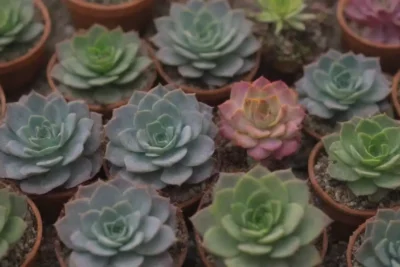
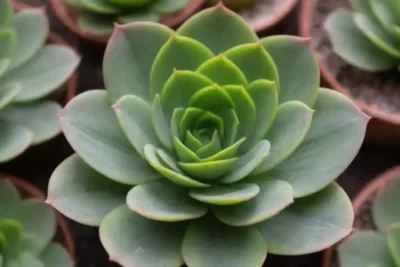
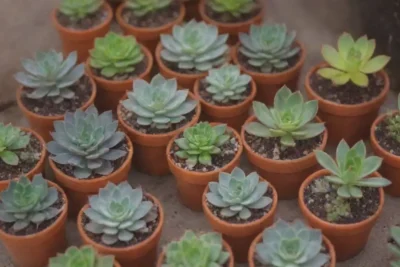
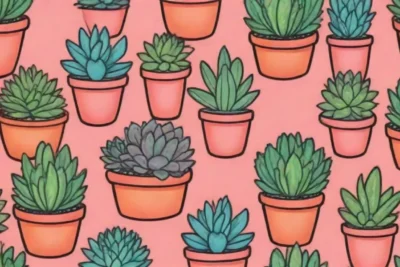
You Must Read